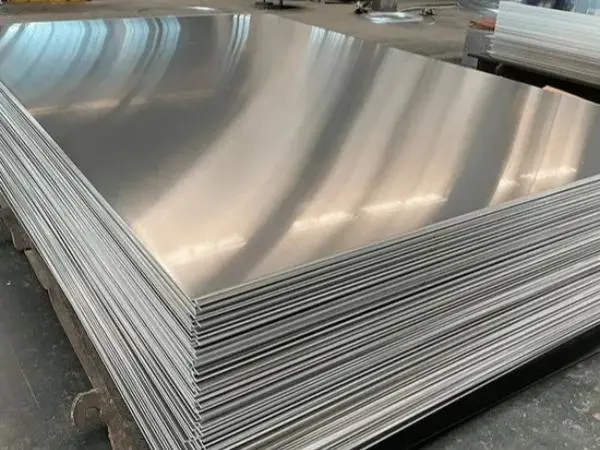- Phone0086 731 8564 8255
- E-mailsales@cscsteel-manufacturing.com
-

Plastic-coated steel pipes are commonly used in various applications due to their corrosion resistance and durability. However, to ensure their performance, proper connection methods are crucial. Here are some of the common techniques for connecting plastic-coated steel pipes.
Threaded Connection
Threaded connections involve screwing steel pipes together. It's essential to adhere to the standard parameters for screw length, tooth shape, and tooth height to meet the required process specifications. Before use, suitable fillers should be applied to the outer threads or pipe fittings to ensure a seal and prevent damage. This method is typically used for low-pressure systems (below 0.1MPa) with smaller pipe diameters (below DN100). However, threaded connections are prone to corrosion and leakage at the interfaces.
Groove Connection
The groove connection is a popular method for joining plastic-coated steel pipes, as it offers flexibility and ease of installation. The pipe’s inner structure remains undamaged, which is an important consideration. Before coating, grooves are applied to the ends of the base pipes as per the customer's specifications, and then the pipes are coated. This method follows the CECS151:2003 standard from the China Engineering Construction Standardization Association.
Flange Connection
Flange connections are known for their ease of disassembly, high strength, and reliable sealing performance. When installing flanges, it is critical to ensure that both flanges are parallel, with clean and undamaged sealing surfaces. The gasket selection should be made according to design requirements. The flange and base pipe are welded together before the plastic coating is applied, ensuring a secure and long-lasting connection.
Socket Connection (Flared Connection)
Also known as flared connections, this method ensures a strong seal between the connector and the steel pipe, preventing water seepage at the joint. It’s a convenient and straightforward installation method, often used in threaded pipelines.
Bimetallic Welding
Bimetallic welding, or stainless steel liner welding, is a specialized technique that fuses carbon steel with stainless steel at both ends of the steel pipe (about 10cm). This process prevents damage to the coating during welding, offering the best connection solution for plastic-coated steel pipes, particularly for direct-buried pipes.
Steps for Connecting Plastic-Coated Steel Pipes:
- Flange Welding and Sealing
Start by welding flanges to both ends of the steel pipe, ensuring they are securely attached. The pipes are then coated with polyethylene. During installation, place a sealing gasket between the two flanges and tighten with bolts to create a reliable seal.
- Pipeline Fixation
To prevent the pipeline from shifting under pressure or water hammer, it should be securely fixed with piers, brackets, or hangers. For vertical installations, the distance between two fixing points should not exceed 2 meters, while horizontal installations should have the following distances between fixing points:
For pipes with a nominal outer diameter less than 76mm, the distance should not exceed 750mm.
For pipes with a nominal outer diameter of 76mm or more, the distance should not exceed 1100mm.
- Pipe Clamp Installation
When securing the pipeline with cement or brick piers, you can build the pipe directly into the pier. For installations with brackets or hangers, use U-shaped or other pipe clamps. A rubber pad should be placed between the pipe and clamp to prevent sliding. Tighten the clamp with screws, and secure it firmly to the pier or bracket.
- Custom Installations
If construction drawings are unavailable, the project team can measure the site, design, and fabricate custom pipe connectors. These connectors can be used to join mining pipes or seamlessly connect with steel pipes using quick pipe clamps.
- Safety Precautions
When installing the pipeline, ensure the warning line on the pipe is visible and facing outward as a safety measure.
By following these connection methods, you can ensure the integrity and performance of your plastic-coated steel pipe installations.




